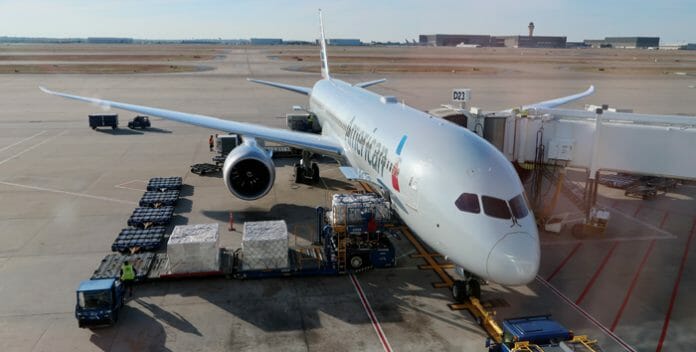
TravelingForMiles.com may receive commission from card issuers. Some or all of the card offers that appear on TravelingForMiles.com are from advertisers and may impact how and where card products appear on the site. TravelingForMiles.com does not include all card companies or all available card offers.
Some links to products and travel providers on this website will earn Traveling For Miles a commission which helps contribute to the running of the site – I’m very grateful to anyone who uses these links but their use is entirely optional. The compensation does not impact how and where products appear on this site and does not impact reviews that are published.
There are a number of complicated ways in which experienced travelers maximise their chances of getting a complimentary upgrade or having one of their upgrade instruments clear….but there’s one simple thing everyone hoping for an upgrade can do to give themselves the best possible chance of sitting upfront.
Let me clear right from the start what I am and what I am not referring to.
I am referring to:
- Complimentary upgrades given to elite flyers by the US legacy airlines
- International upgrades offered in exchange for miles, miles & cash or an elite upgrade instrument such as American’s Systemwide upgrades or United’s Global Premier upgrades.
I am not referring to:
- Operational upgrades – upgrades where you get moved up a cabin because the one you booked into was oversold.
If you’re a seasoned traveler feel free to move on to another blog post – you almost certainly know this already and I really don’t want to waste your time.
A Simple Consideration
Airlines can use a variety of different aircraft to operate a single route and this can be the key to improving your chances of an upgrade.
Take American’s Los Angeles to London route as an example.
Right now American operates both a 777-200 (772) and a 777-300ER (77W) on this route…….
……..and, while that doesn’t have to mean much to you, you do need to know that choosing the correct flight (and therefore the correct aircraft) could be the difference between having your upgrade clear and sitting in coach for 11 hours.
The key here is that the 777-300ER, which departs LA at 7:45pm, has at least 7 more Business Class seats than the 777-200 which operates the earlier flight.
Per Seatguru.com, the 777-300ER has 52 Business Class seats…..
…while the 777-200 has between 37 and 45 Business Class seats depending on which version American is flying:
More seats for American to fill with paying passengers means more chance that your upgrade will clear – simple!
This doesn’t just apply to international routes either.
Take the Los Angeles to Chicago route that American operates multiple times a day:
 The airline predominantly operates Airbus A321 and Boeing 737 aircraft on this route and, as both have the same number of seats in the First Class cabin, there’s no upgrade advantage to be gained here by selecting one over the other……but there is on other option.
The airline predominantly operates Airbus A321 and Boeing 737 aircraft on this route and, as both have the same number of seats in the First Class cabin, there’s no upgrade advantage to be gained here by selecting one over the other……but there is on other option.
On this particular day the 5:20pm departure from LAX is operated by a Boeing 787 Dreamliner – a wide body aircraft designed for international routes. This aircraft has a forward premium cabin (sold as First Class domestically and Business Class internationally) that will seat 28 passengers:
Compare that to the A321 and 737s which offer just 16 seats each in their First Class cabins and you should be able to see why choosing the Dreamliner may well improve the chances of your upgrade clearing.
Clearly the flexibility of your schedule will determine if you can maximise your upgrade changes in this way….and sometimes having the flexibility to choose which airport you fly into can make a difference too.
Take this example of American’s flights between Miami and New York city:
Flying into New York La Guardia would see a passenger flying on a 737 aircraft with 16 First Class seats while taking the slightly later flight into New York JFK would see a passenger flying on a 767 aircraft with between 28 and 30 First/Business Class seats depending on the configuration American is flying on the route.
Added Bonuses
In some of these cases it’s not only the improved chance of an upgrade that makes the choice of aircraft important….the type of seat on offer varies hugely too.
American’s narrow body aircraft (like the 737s and non transcon A321s) offer First Class seats that look like this:
While the 767 First Class (domestic) seats looks like this:
And the 787 Dreamliner First Class (domestic) cabin looks like this:
So, not only can you improve your chances of your upgrade clearing by being careful in your aircraft selection but you can also get a much better seat too.
Bottom Line
I’ve used American Airlines as my example here (because that’s the airline I know best) but this applies equally to any other airline operating a single route with more than one kind of aircraft (with varying premium cabin sizes).
Nothing is certain in the frequent flier world (except perhaps that rewards programs will devalue!) so I’m not saying you’ll definitely get your upgrade if you choose a larger aircraft…..but you should definitely be better off.
Clearly how able you are to choose the aircraft with larger premium cabins will depend on your schedule and, in some cases, on the cost of the flight. It won’t always be practical to book the larger aircraft (that’s just life) but it should always be a consideration if you’re hoping to have your upgrade clear…especially these days where upgrade lists are just getting longer and longer.












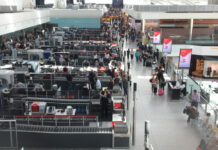


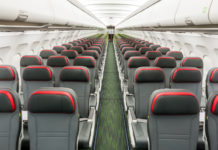


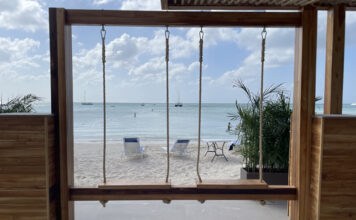
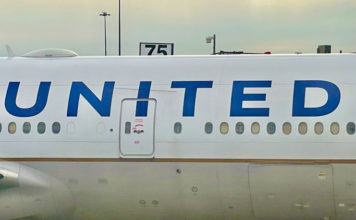


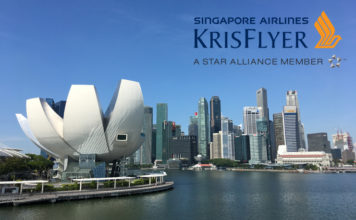

![Deal: Save up to 20% on Air France/KLM bookings [Targeted] a row of seats in a plane](https://travelingformiles.com/wp-content/uploads/2024/03/air-france-new-business-class-5-741-80x60.jpg)

